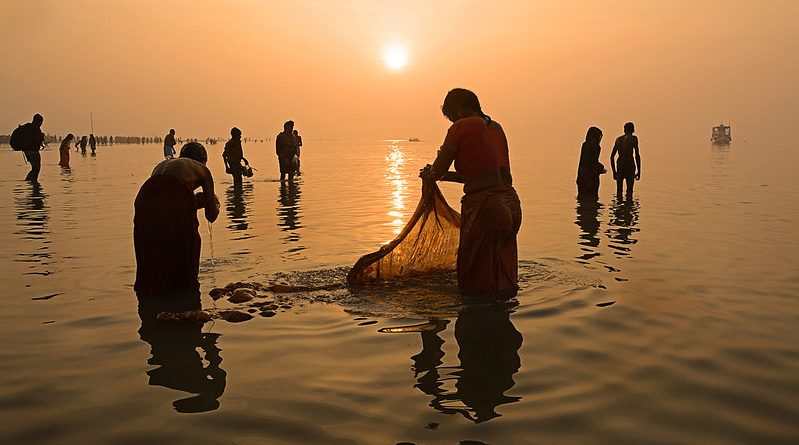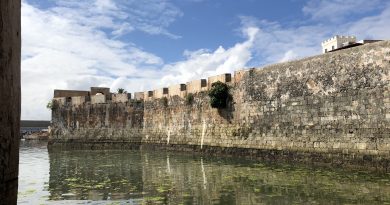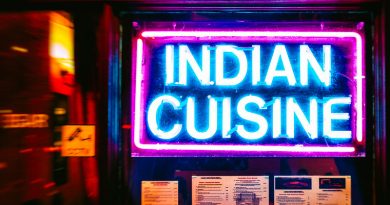Sagar Island Pilgrim Bathing Festival
Festival Essentials
Where: Gangasagar, Sagar Island, East of India
When: Janury 14th or 15th
What’s it about: Hindu ritual bathing in the holy Ganges River to celebrate Makar Sankranti and seek enlightenment
Remember to bring: your own sponge
Where It’s At
Gangasagar is the popular name given to the point where the Ganges drains out into the Bay of Bengal. Gangasagar is located on the western edge of the Sunderban Delta on Sagar Island. At the edge of Sagar town – adjacent to the beach – is the colourful temple dedicated to Kapil Muni, the sage responsible for initiating the chain of events that ultimately resulted in the Ganges coming down to earth from heaven and giving mankind an opportunity to wash away its sins in her pure water.
What Happens at the Makar Sankranti Bathing Festival?
Following the same tradition, a numbers of pilgrims visit this site every year to take a dip in the holy Ganges. The bathing ritual that takes place at sunrise is said to cleanse and purify the soul. Hounds believe that life is spiritual and you are continually reborn, therefore the quality of your next life depends on how good you are in this one.
Though devotees start arriving by early January, only the day of Makar Sankranti, which falls on either the 14th or 15th of January is earmarked as the most important day, with dawn being considered the most auspicious moment. A similar event called the Kumbh Mela takes place at Gangasagar where successive days are considered holy for bathing in River Ganges.
The ritual Puja, or prayer, allows worshipers to commune with the divine; it can be done privately at home or like this at a large elaborate public affair. The temple priest passes devotee the sacred flame which that they pass their hands over thus receiving Darshana – the blessings of the gods. The origin of the ritual is still unknown. The earliest mention of a bathing ritual is found in theMahabharata where a learned sage explains to Bhisma the significance of taking a dip at the confluence of Gangasagar.
The festival also attracts many sadhus, the holy men of India. Sadhus believe that by enduring hardships they are on the path to enlightenment. They travel naked through India, with little more than a begging bowl and a water pot, their bodies seared with holy ash. The ritual smoking of large amounts of hashish is part of their meditation. Receiving a blessing from these holy men is very sought after.
Getting to Gangasagar
In former days, the journey to Gangasagar was fraught with danger. People had to travel by boat for several days and make their own arrangements for food and shelter. Now, pilgrims can easily travel to Kakdwip from Kolkata by bus and from there on one can catch jeeps or buses to Gangasagar.
Once You’re There
The local administration strives to provide adequate shelter, drinking water and other amenities to help pilgrims enjoy a comfortable stay, but the cold weather, gusty wind and occasional rain, coupled with the arrival of five to six lakh people, make all arrangements seem inadequate. Most pilgrims arrive the day before by land and water, and leave soon after the ritual bathing and worship are over.
During the fair, Gangasagar takes on the look of a miniature India. But during the rest of the year, it is no different from its neighbouring islands. Except for the summer months, it is also a nice weekend getaway for those who want to enjoy a quiet holiday.
By Nitasha Kulashreshtha




